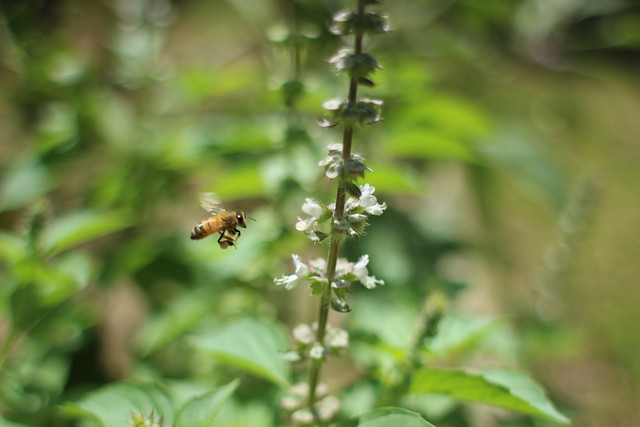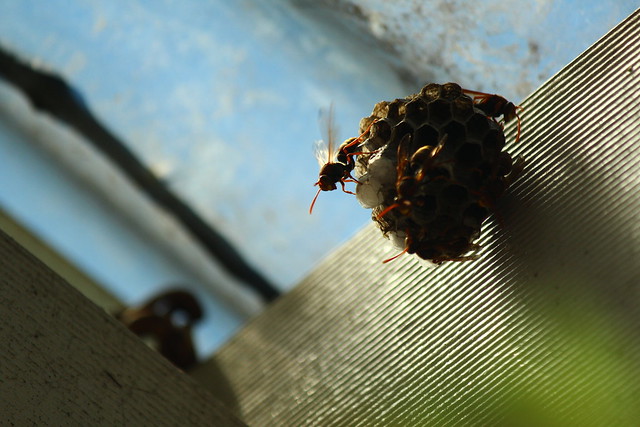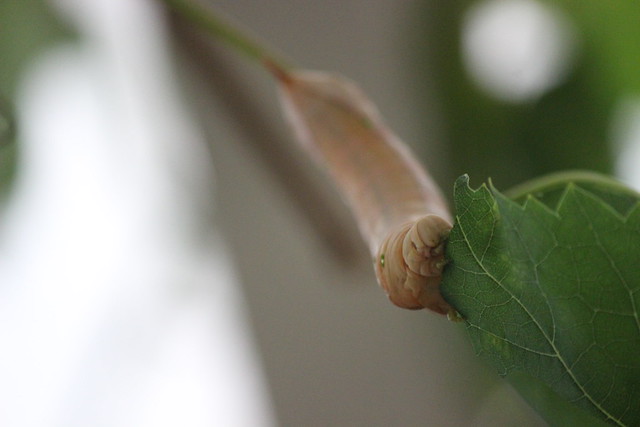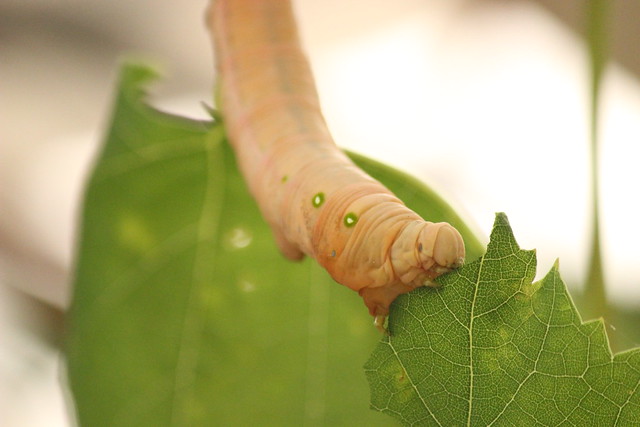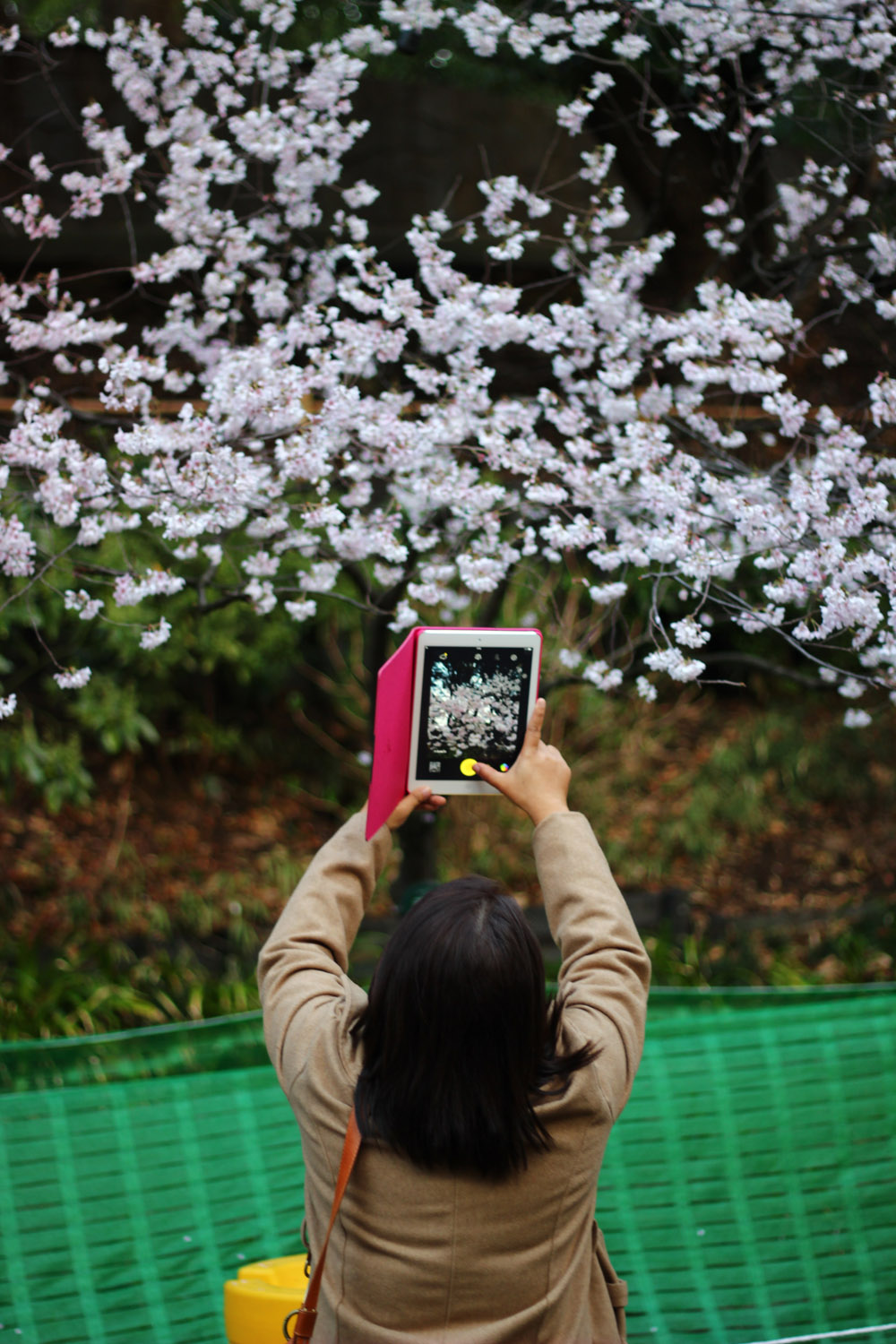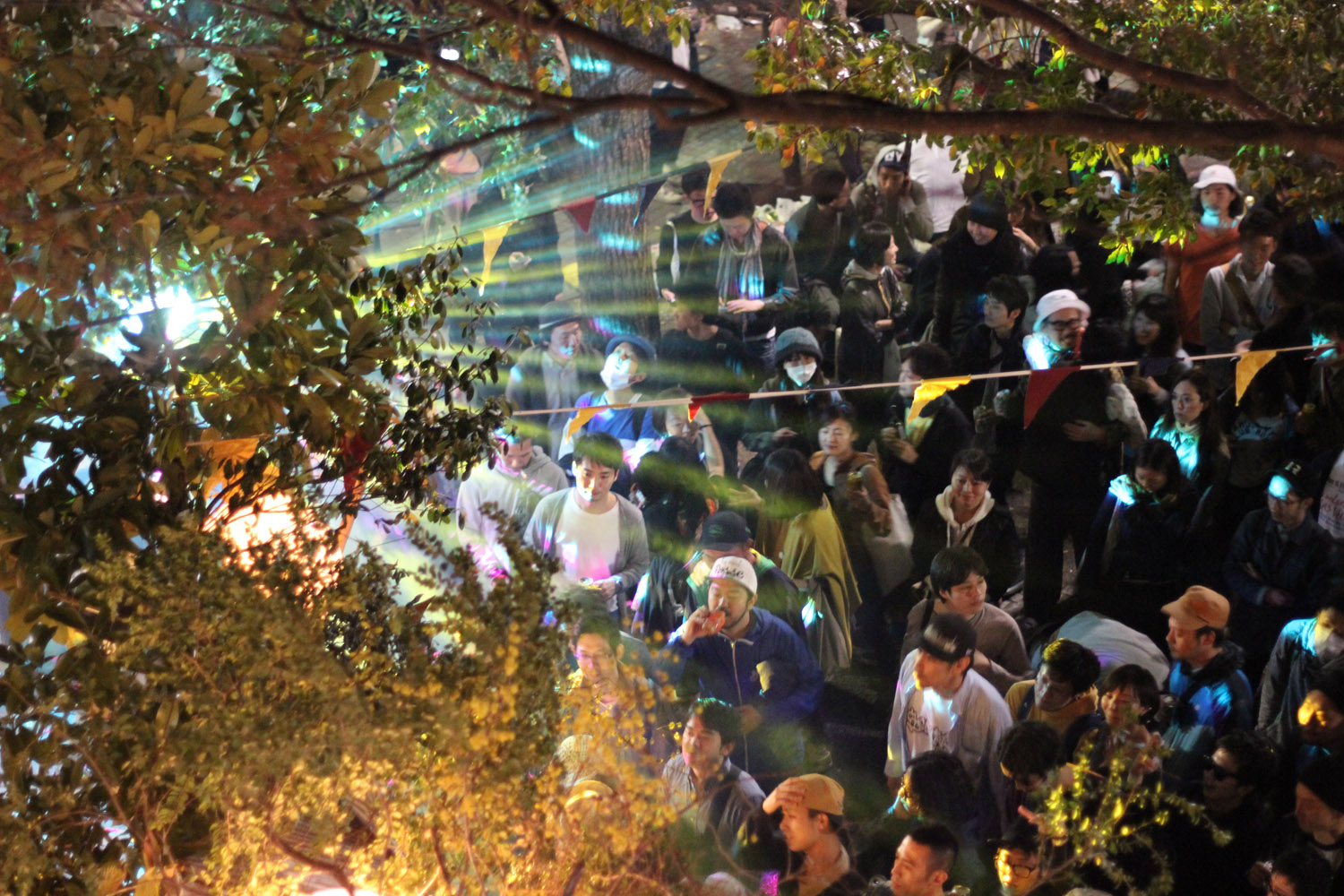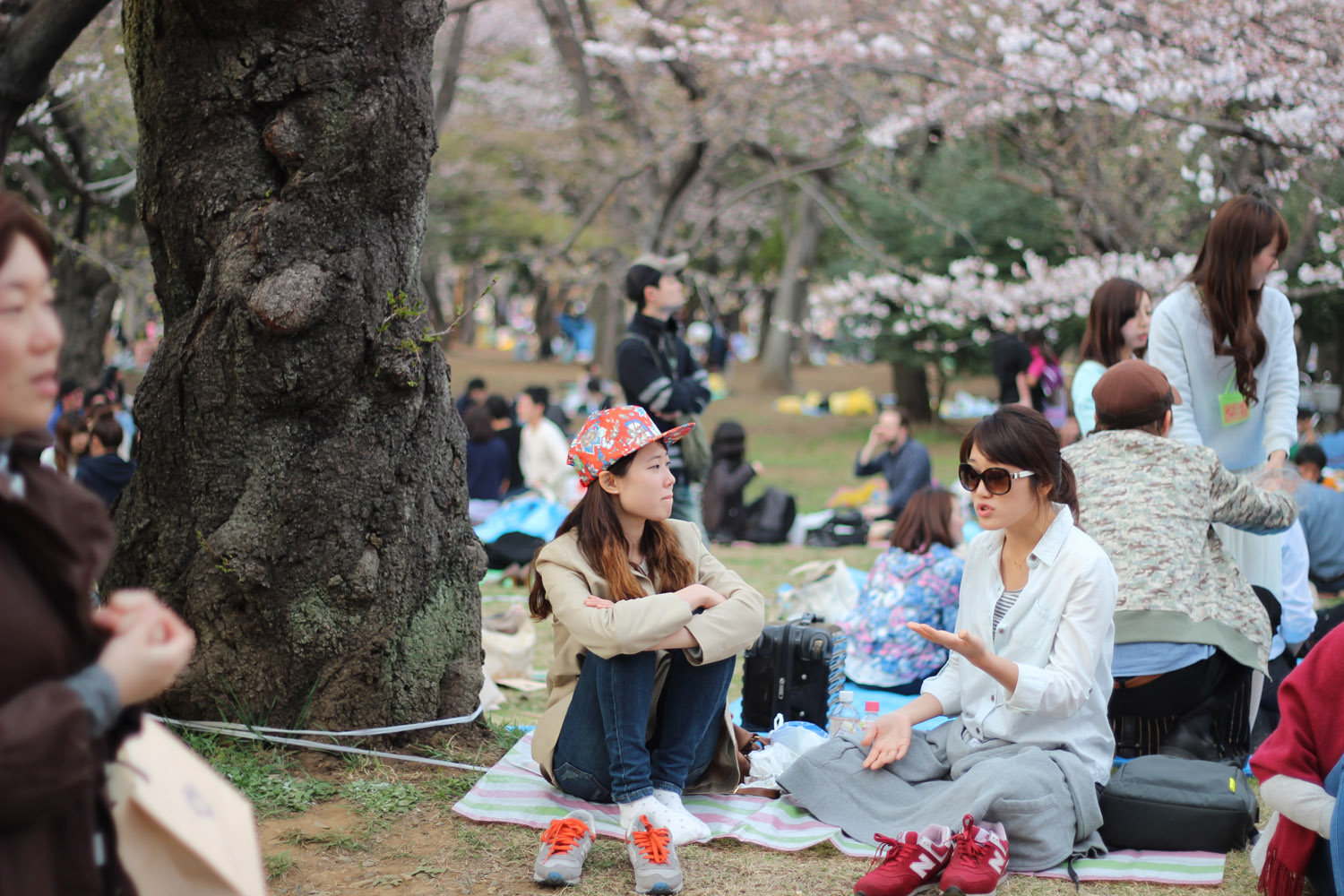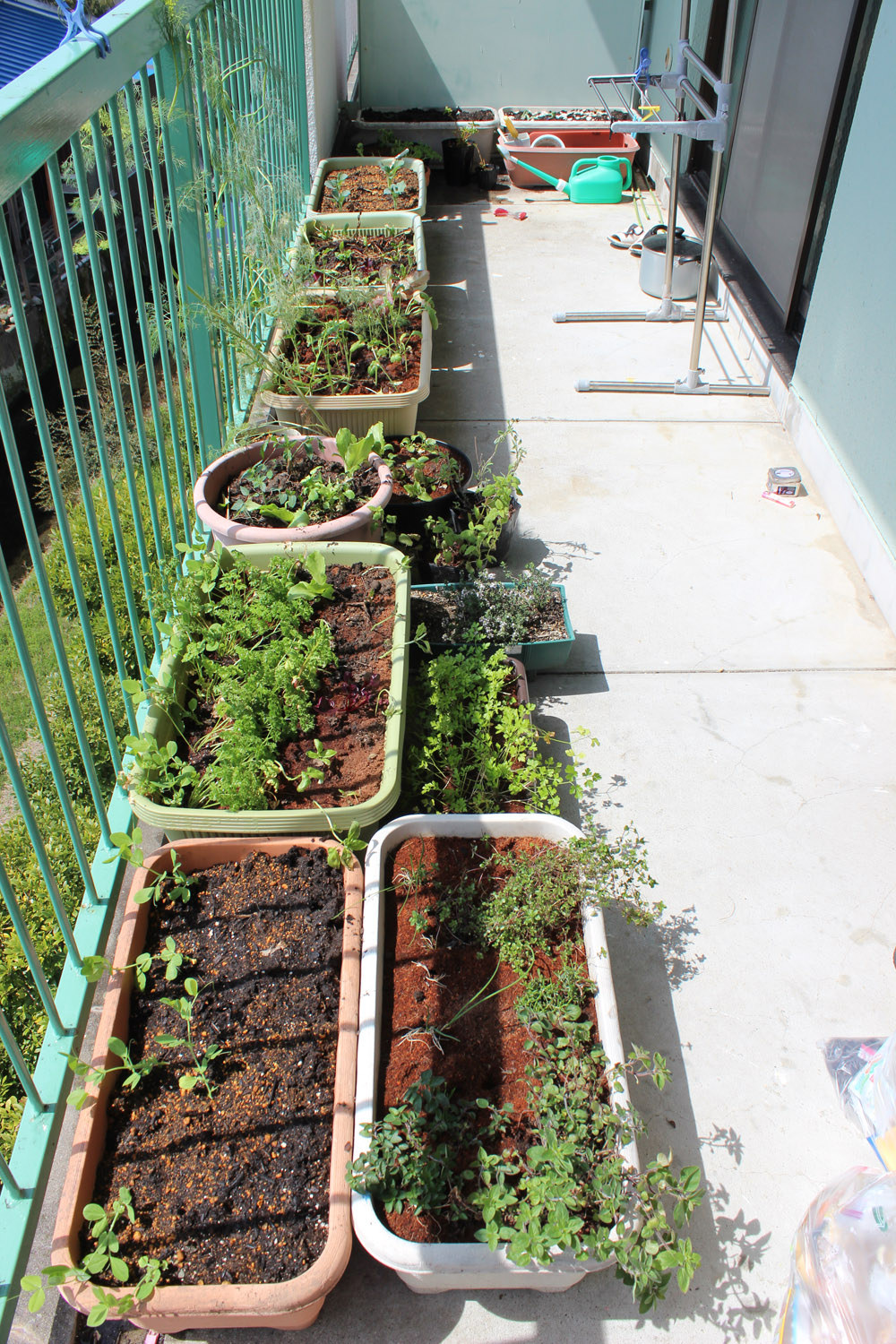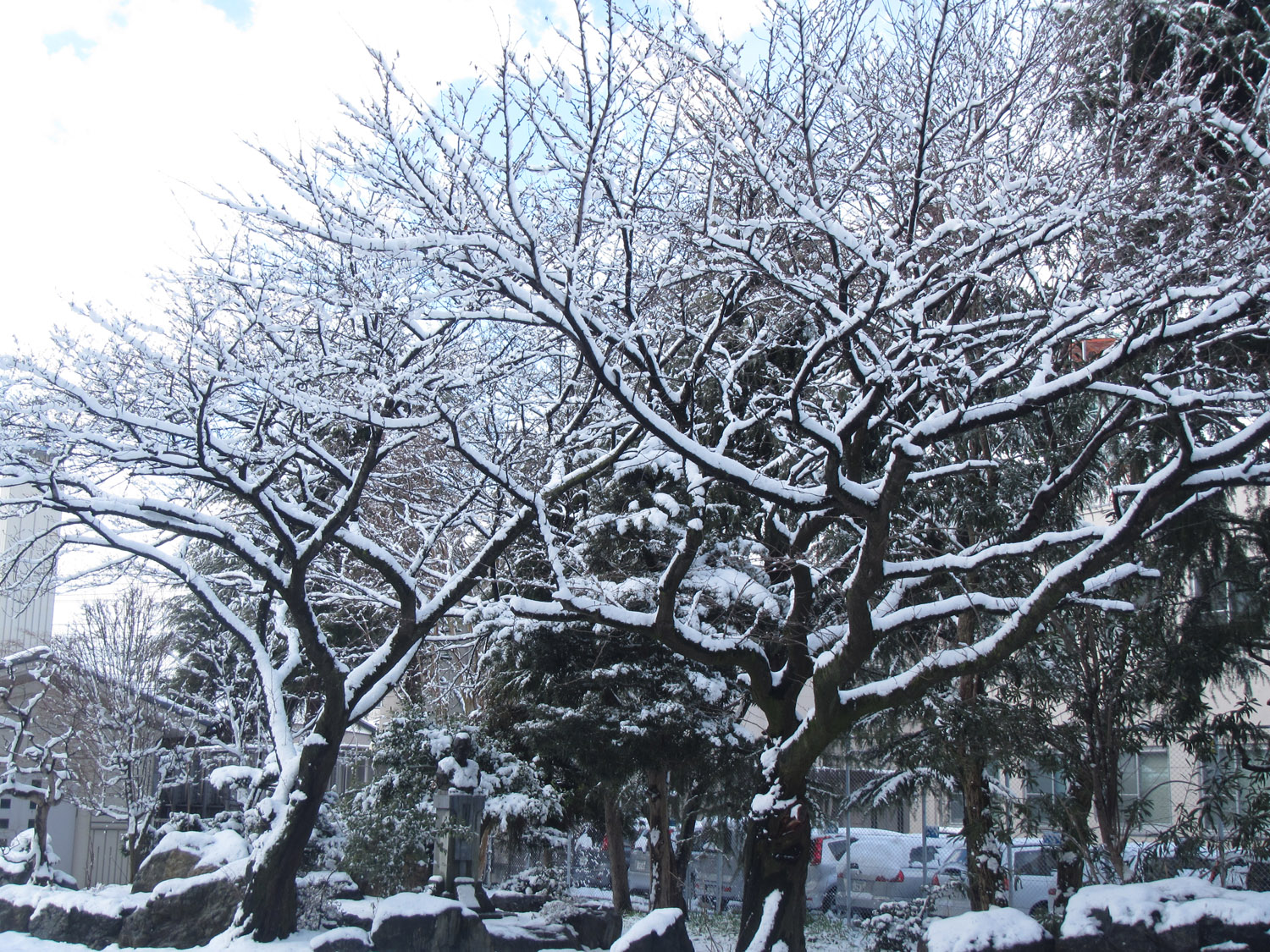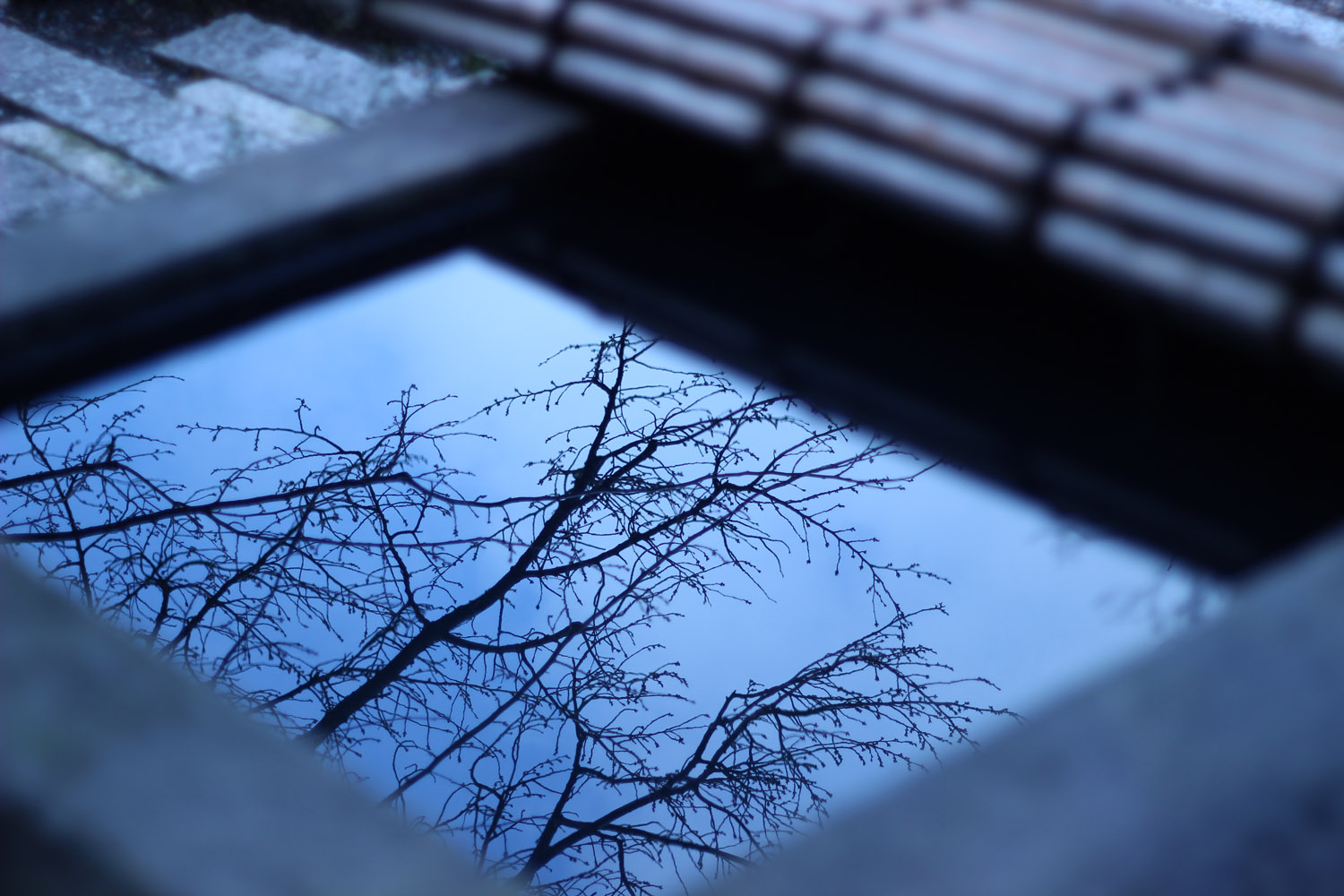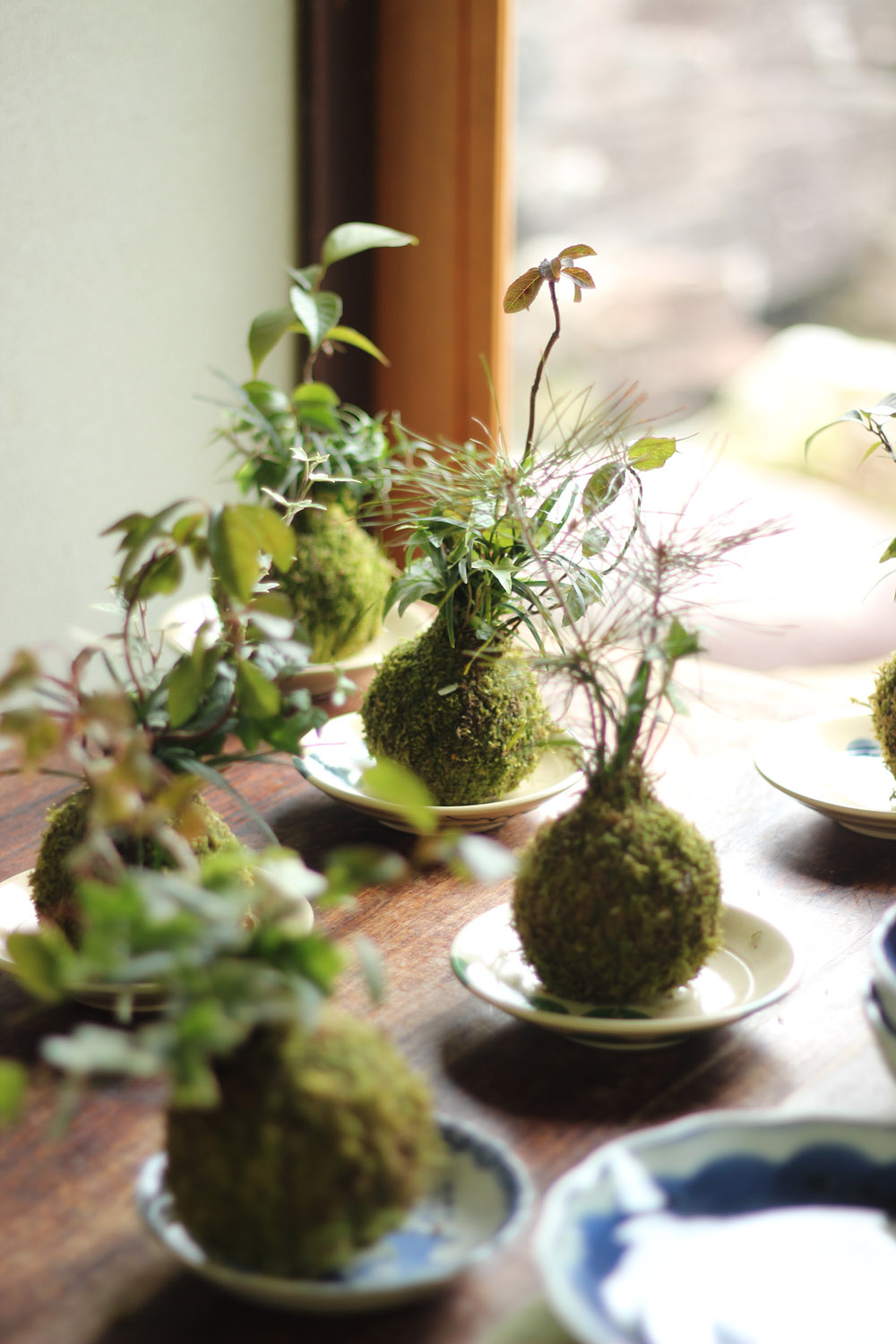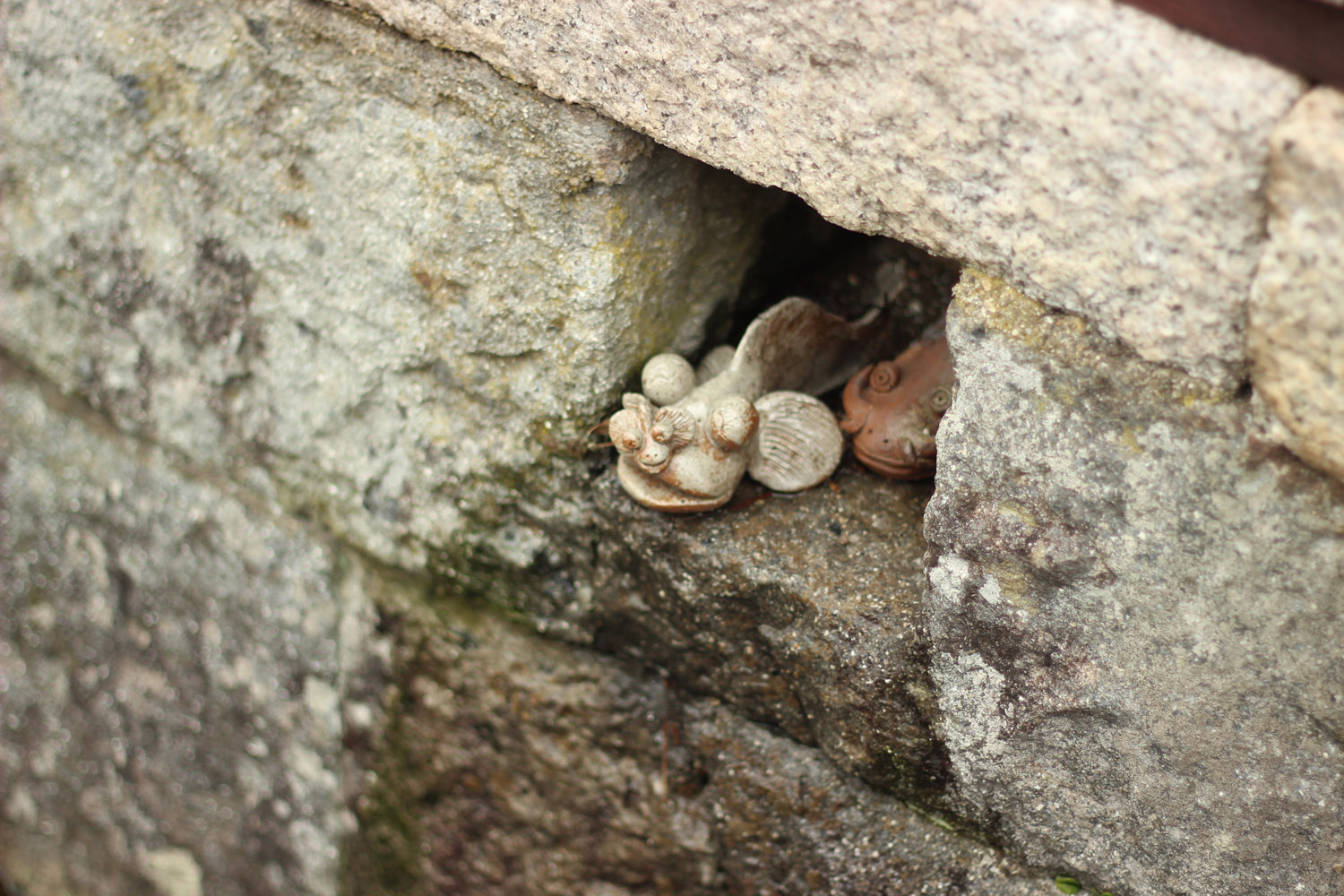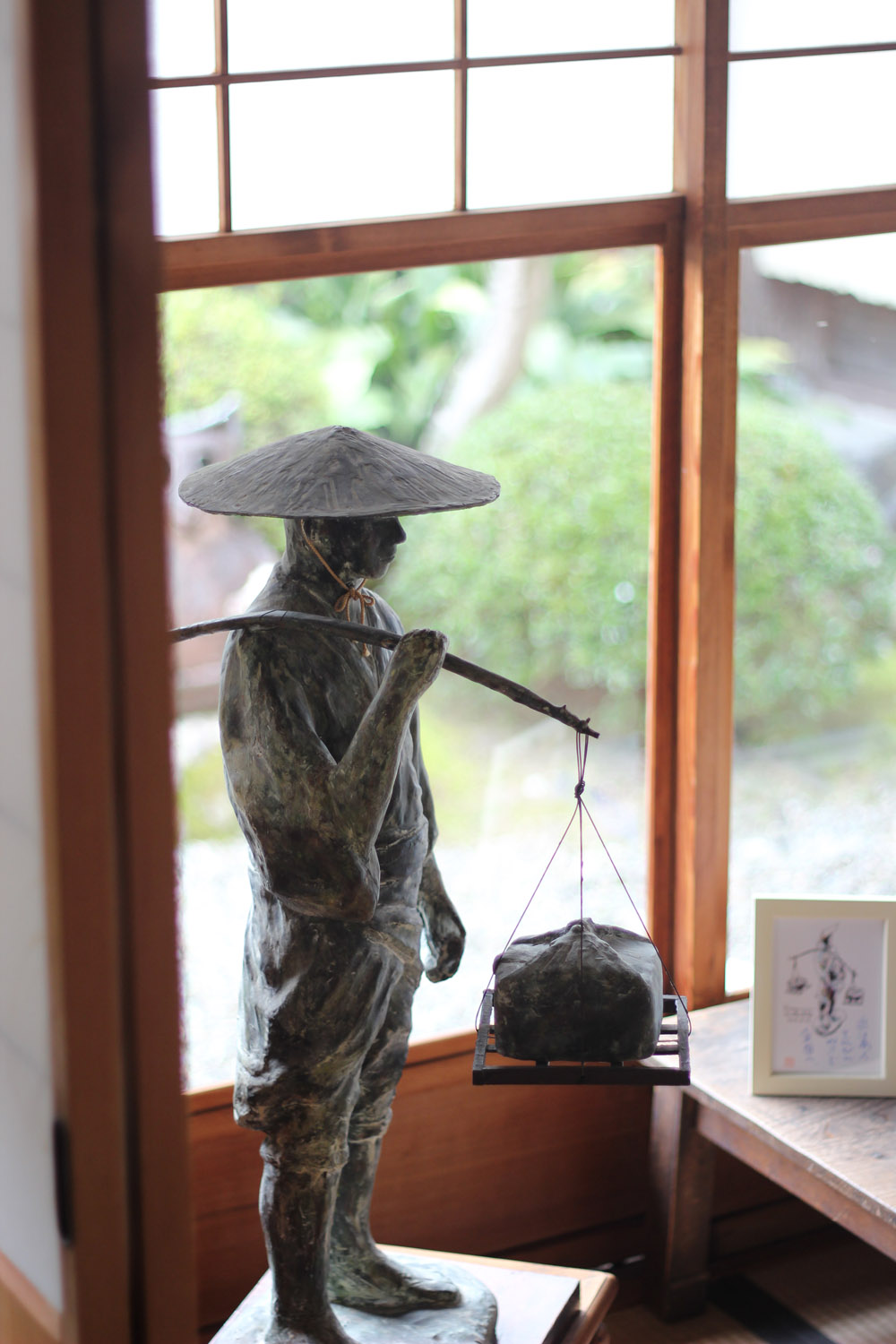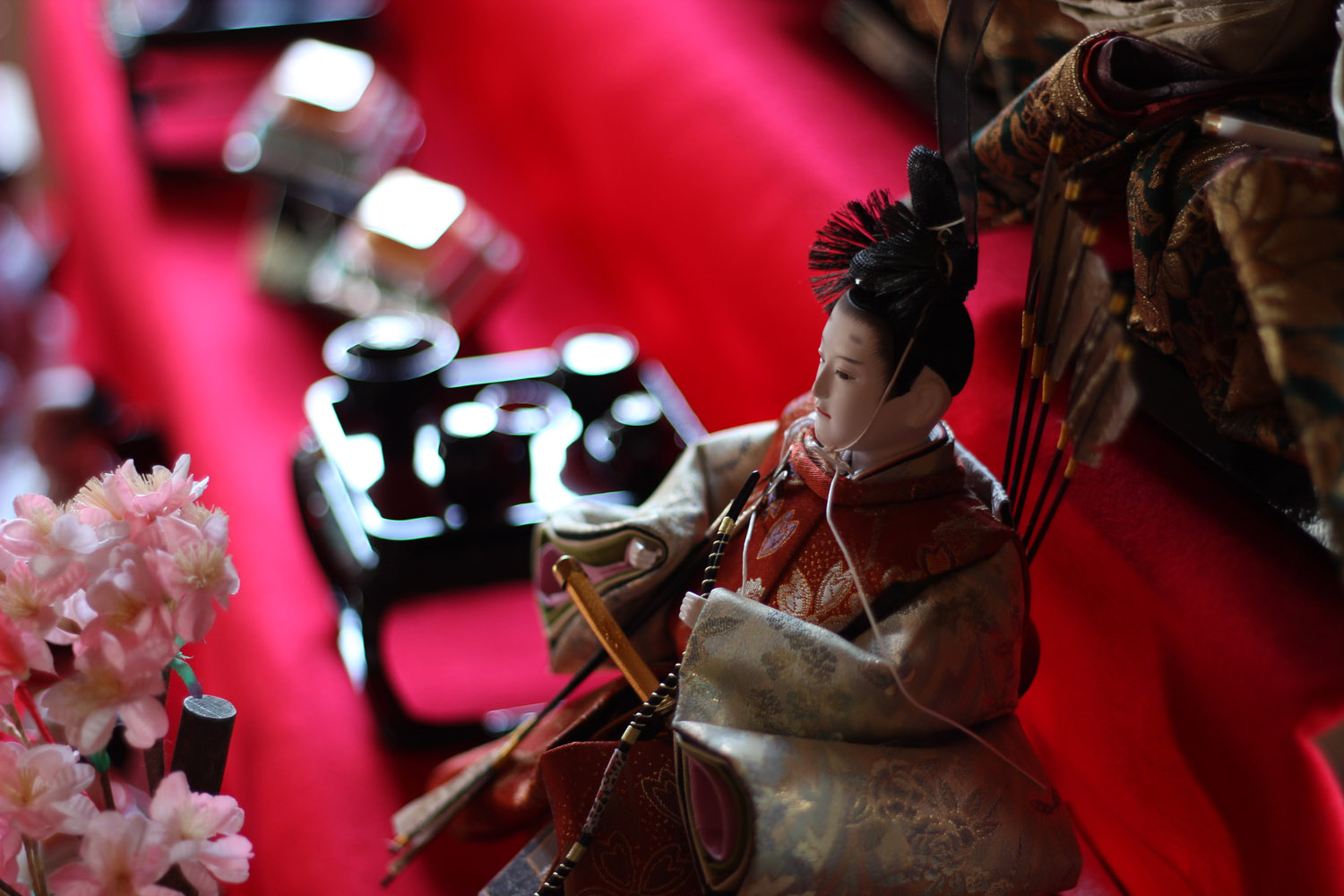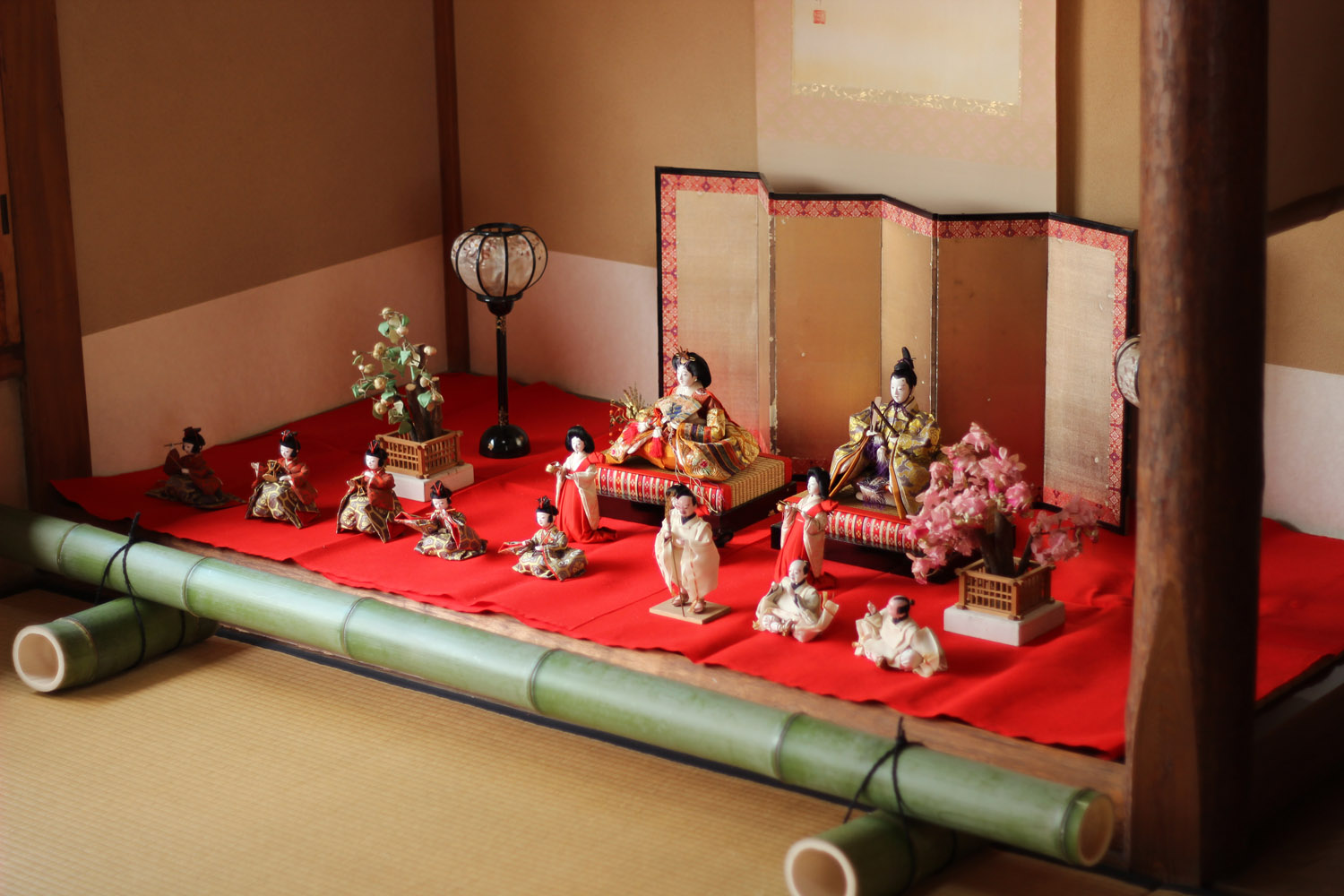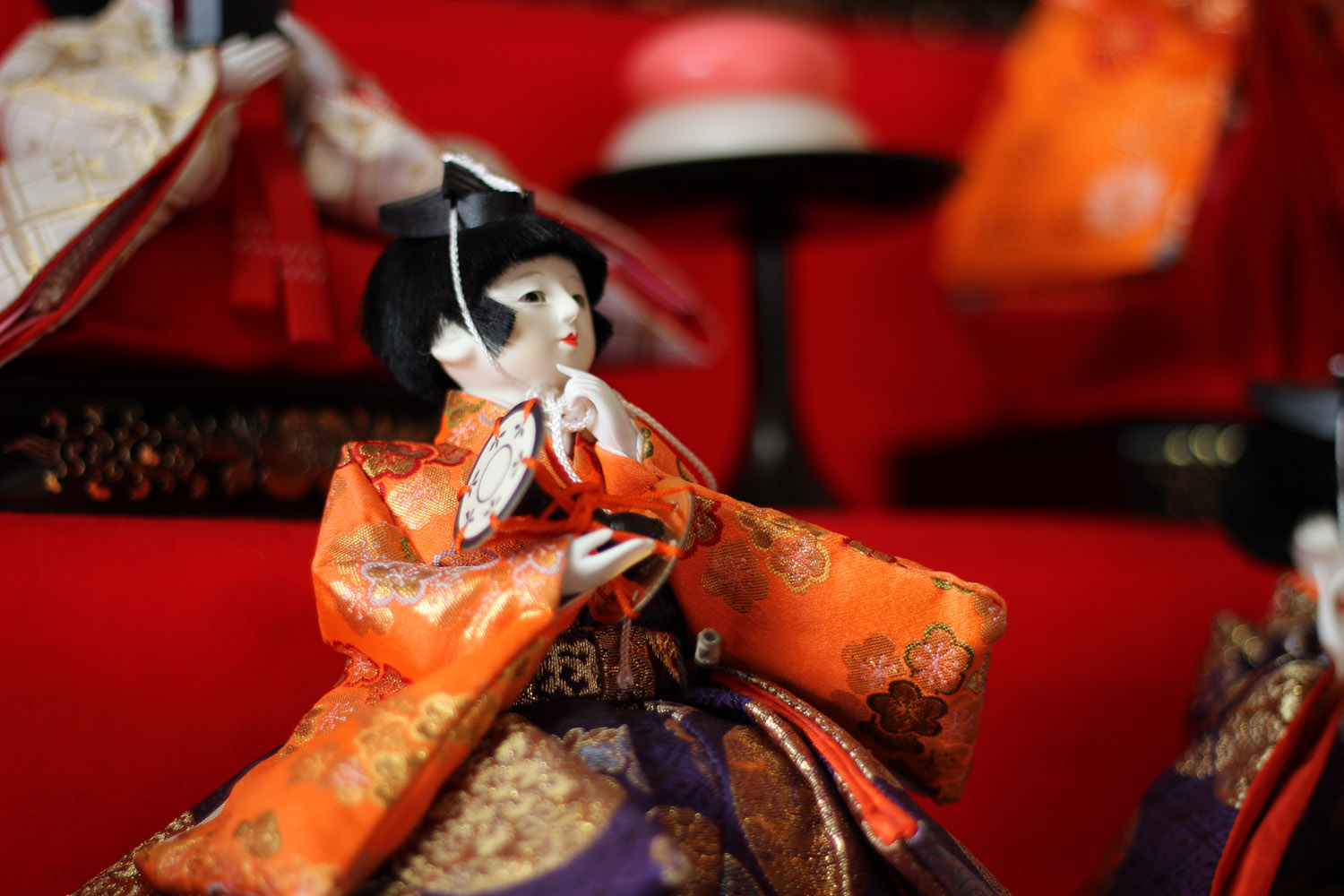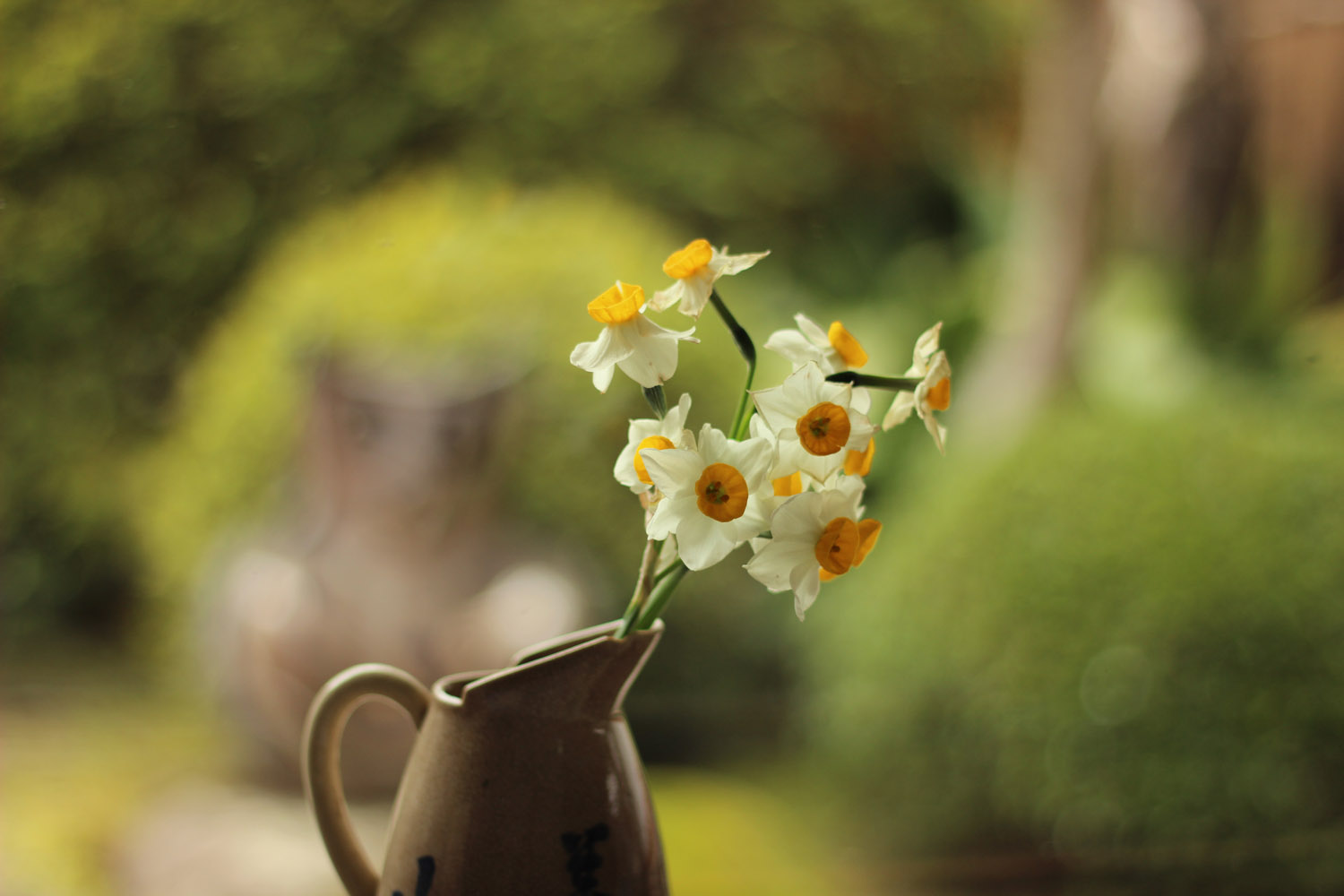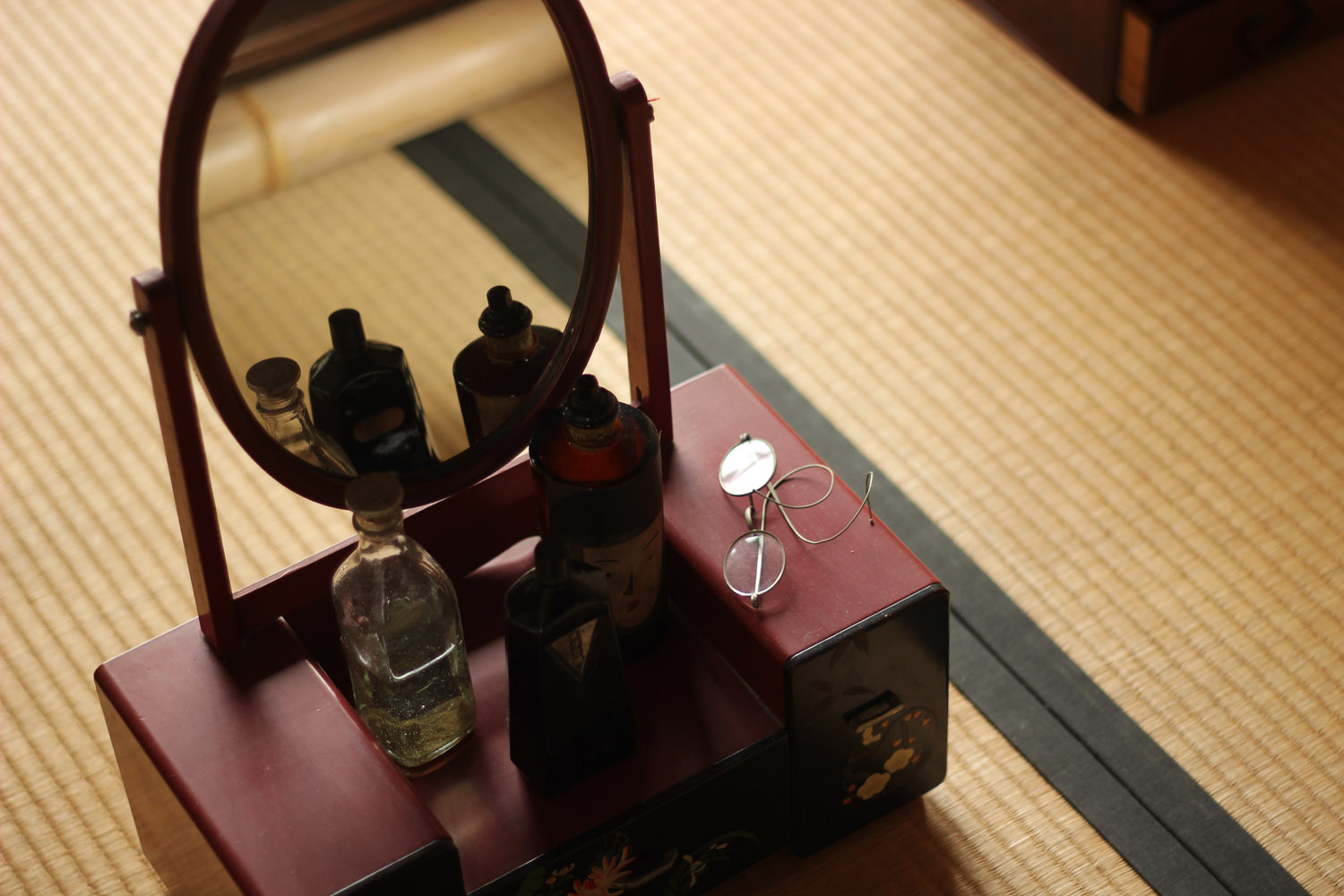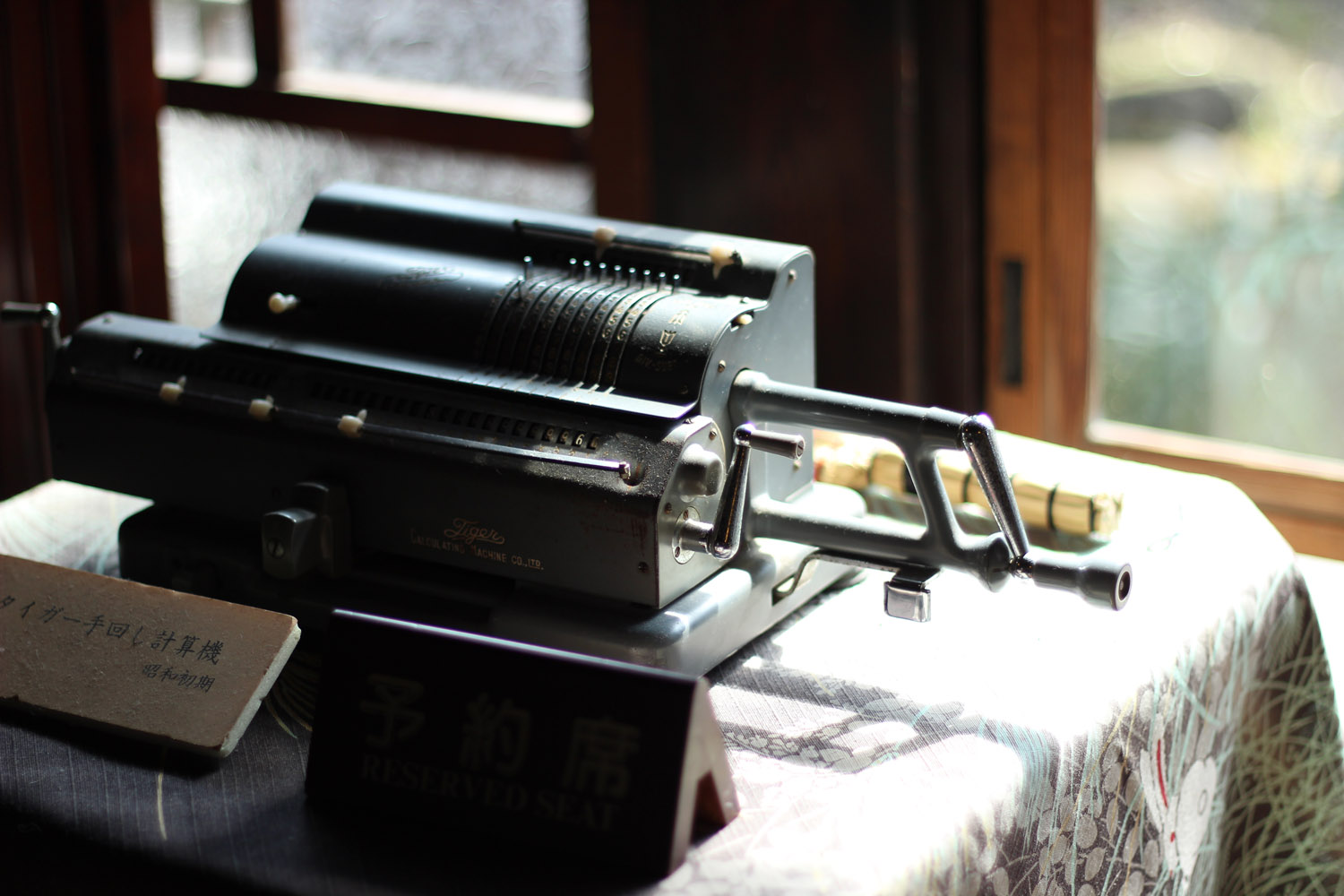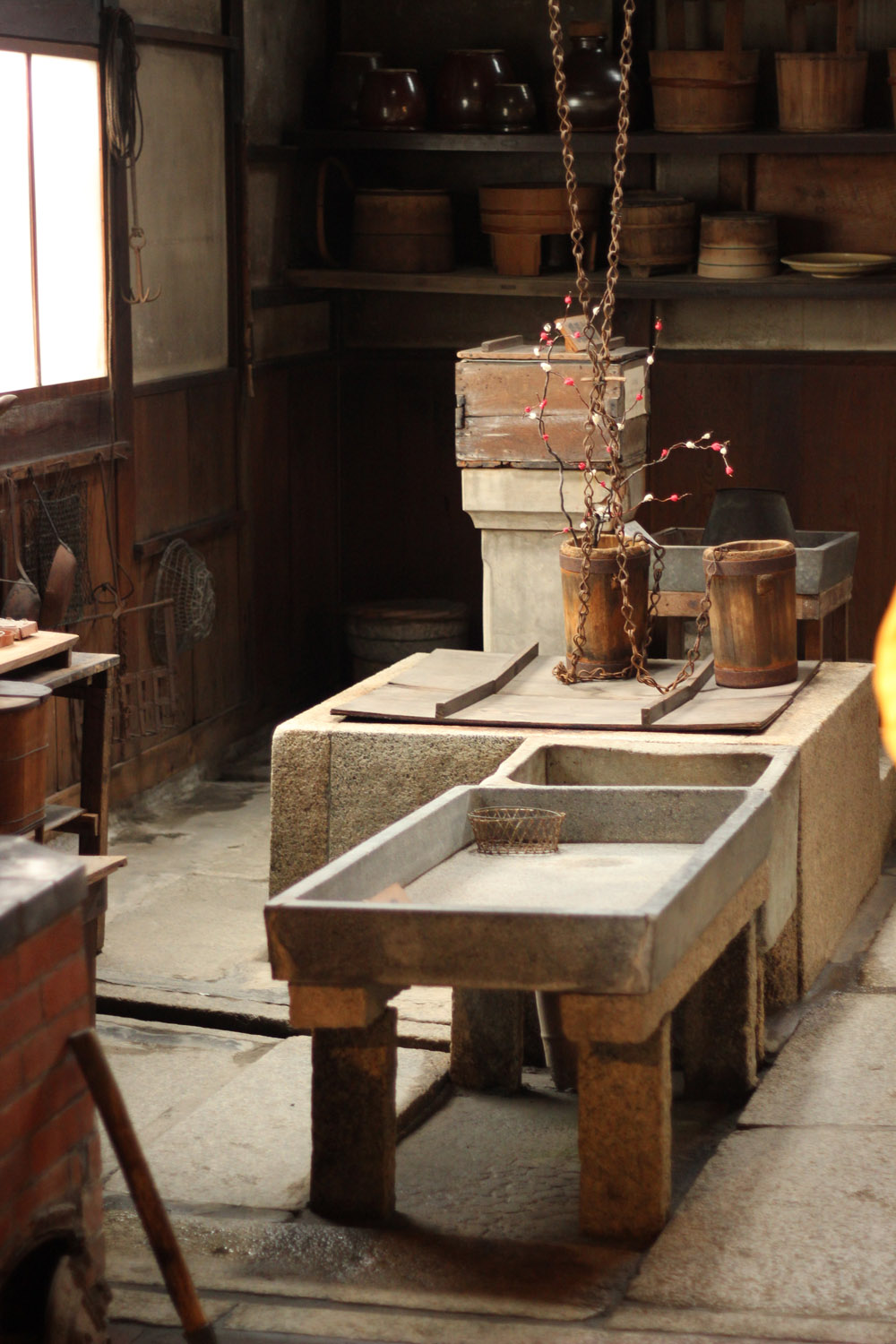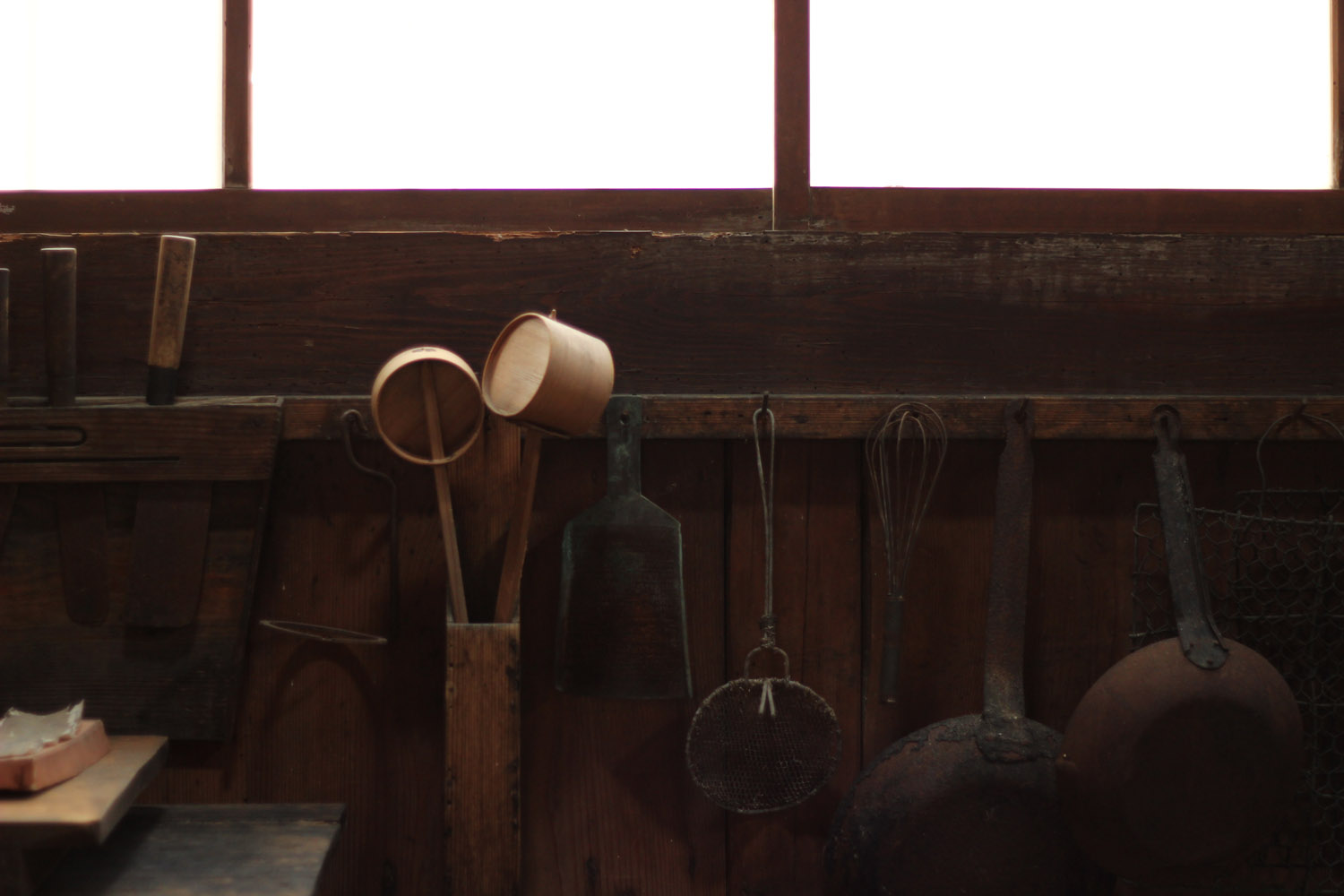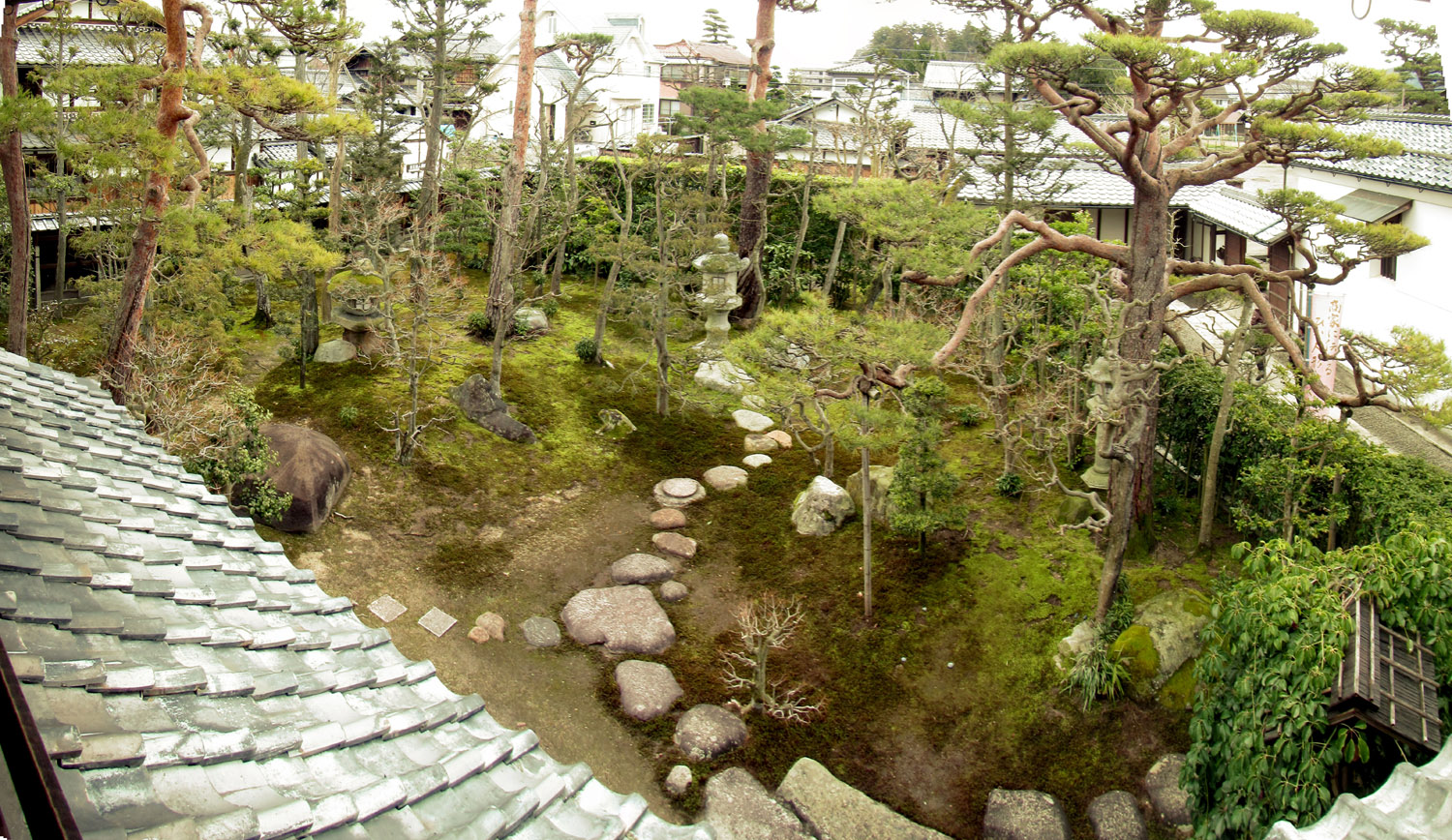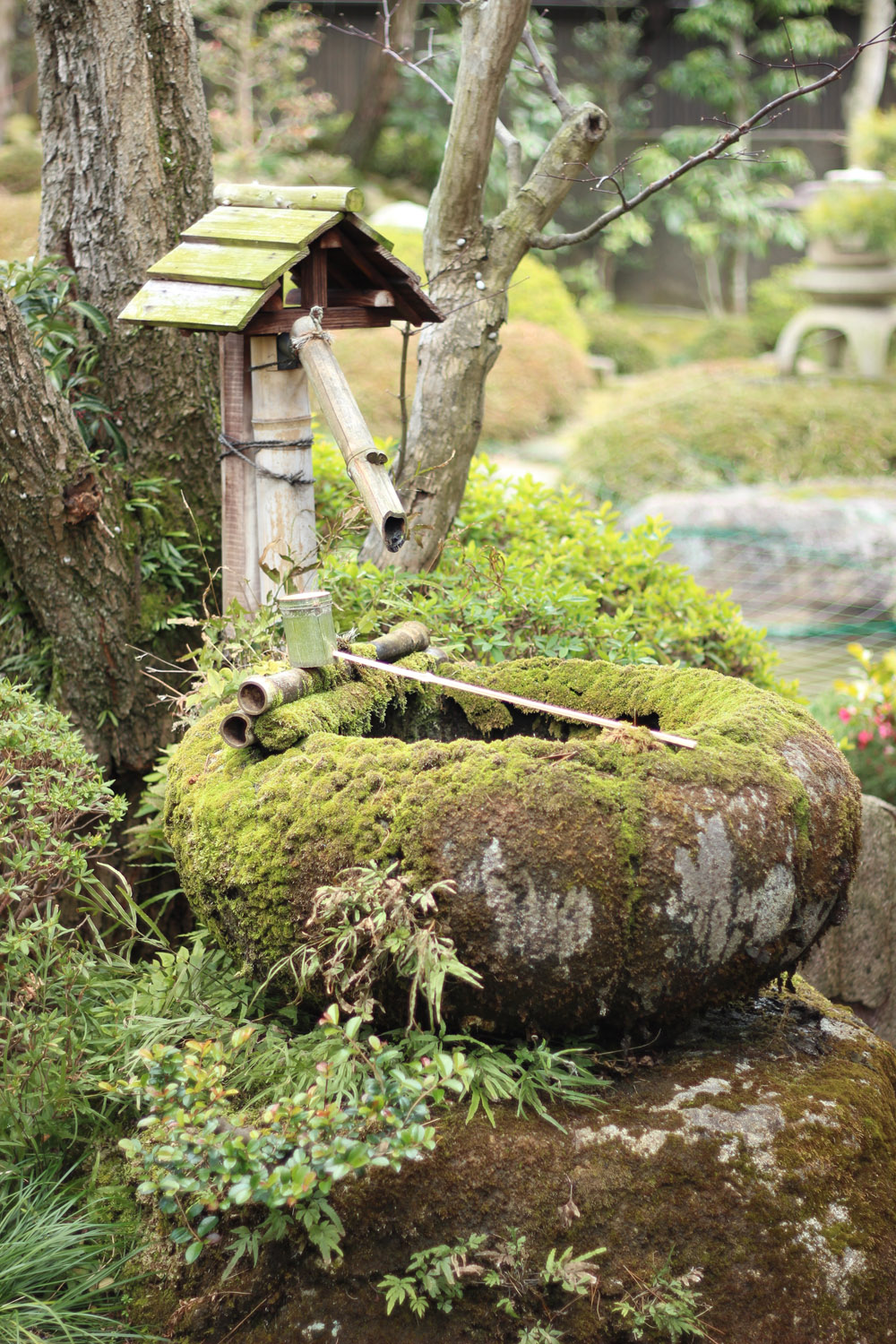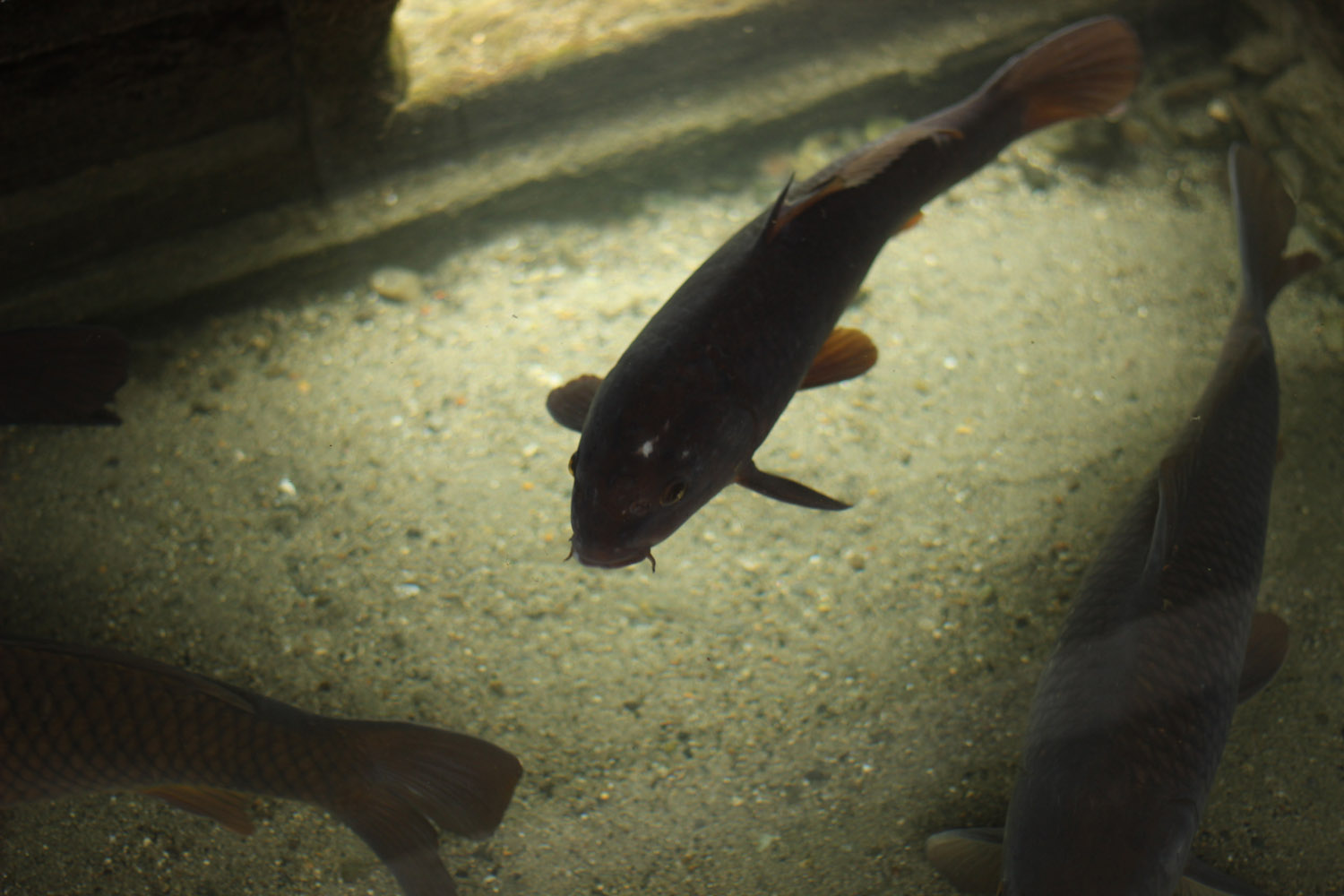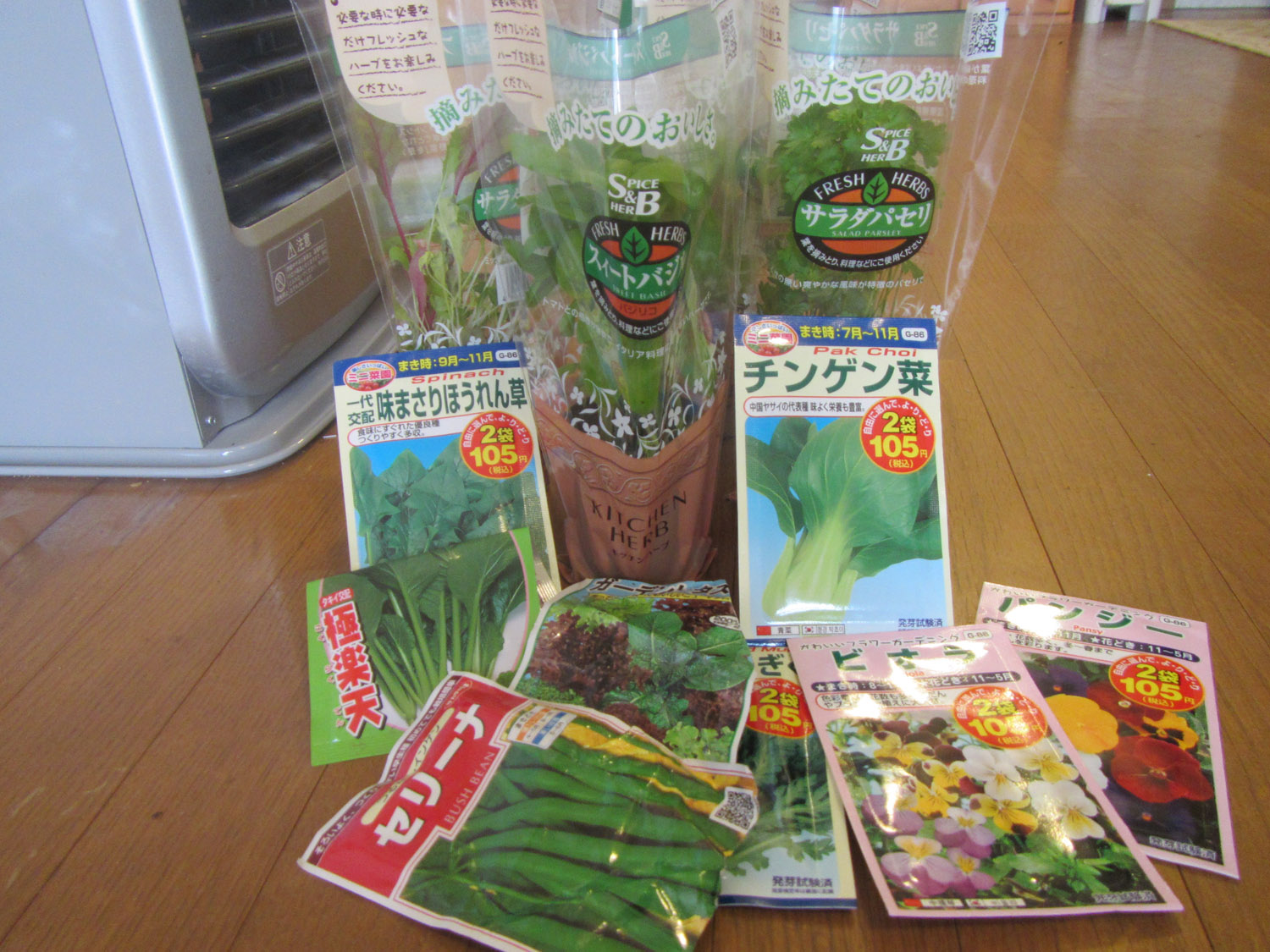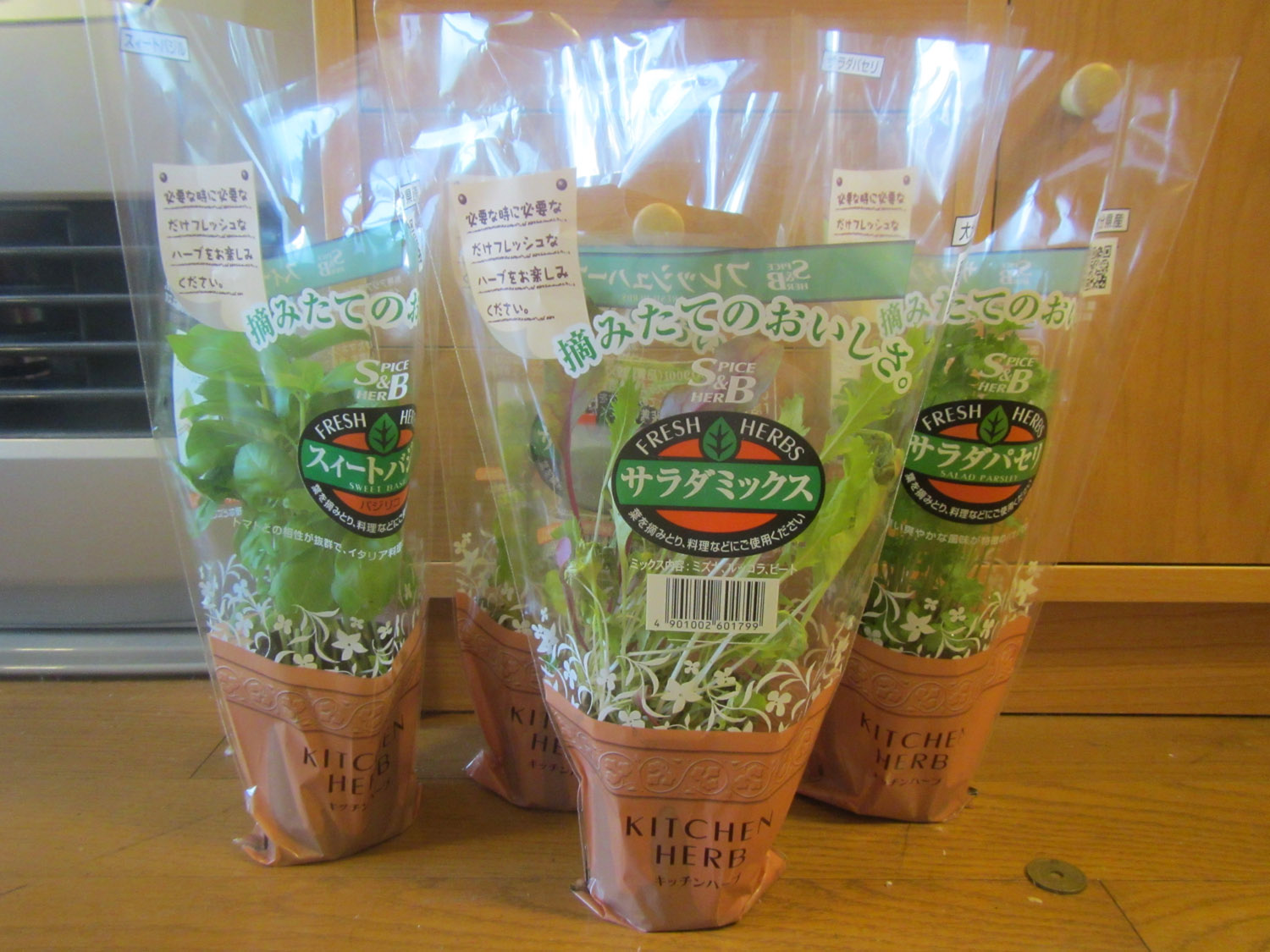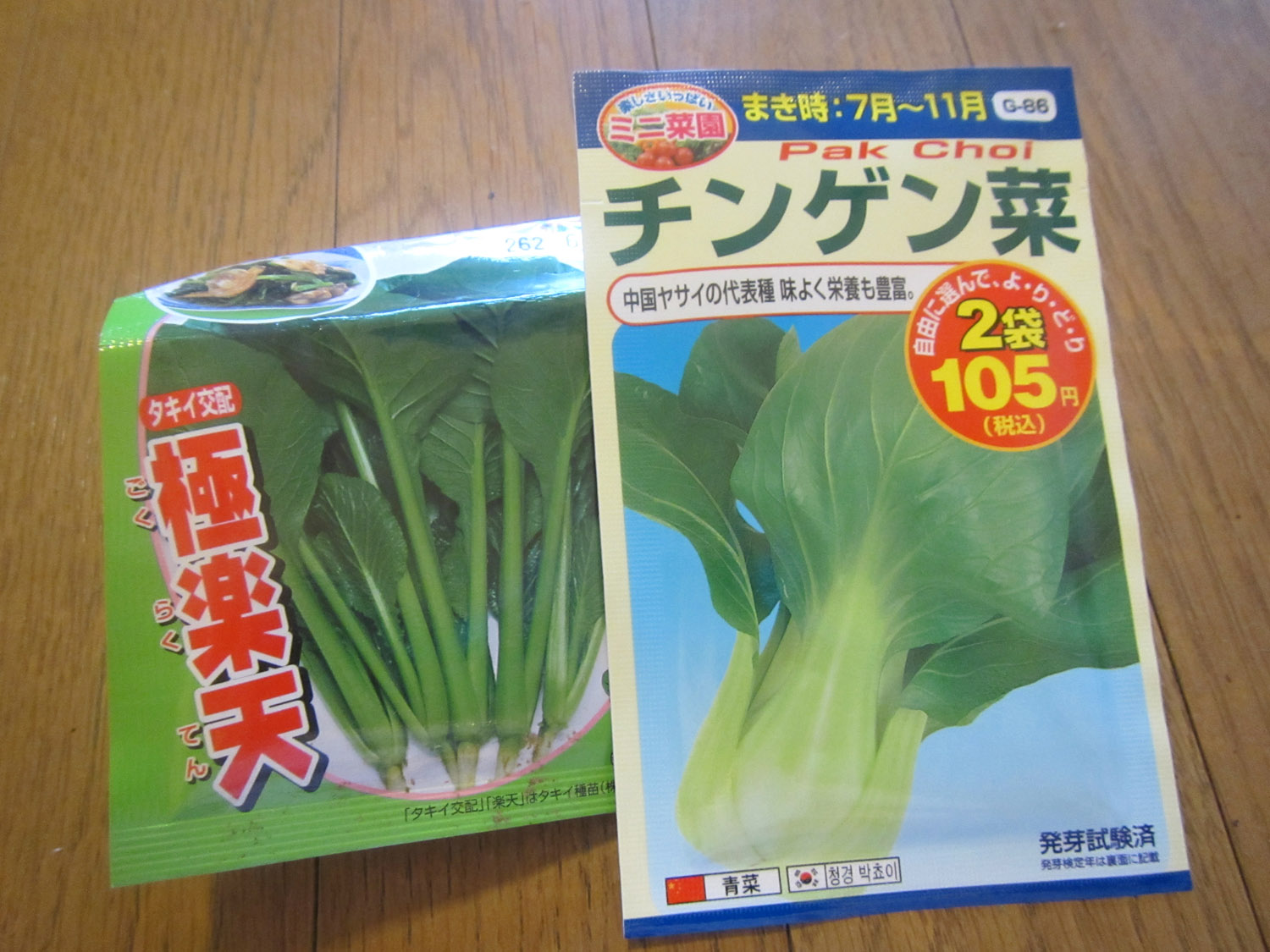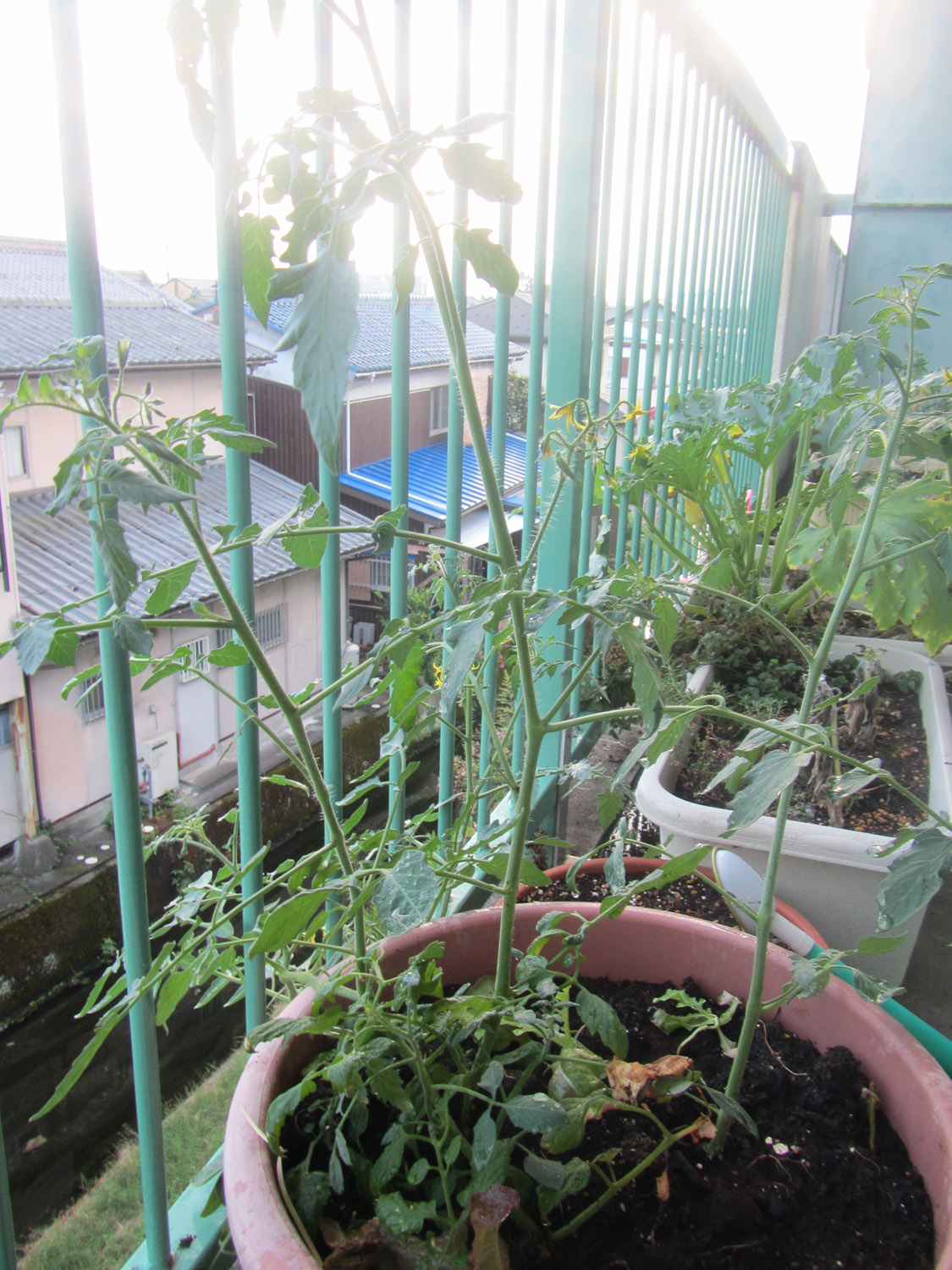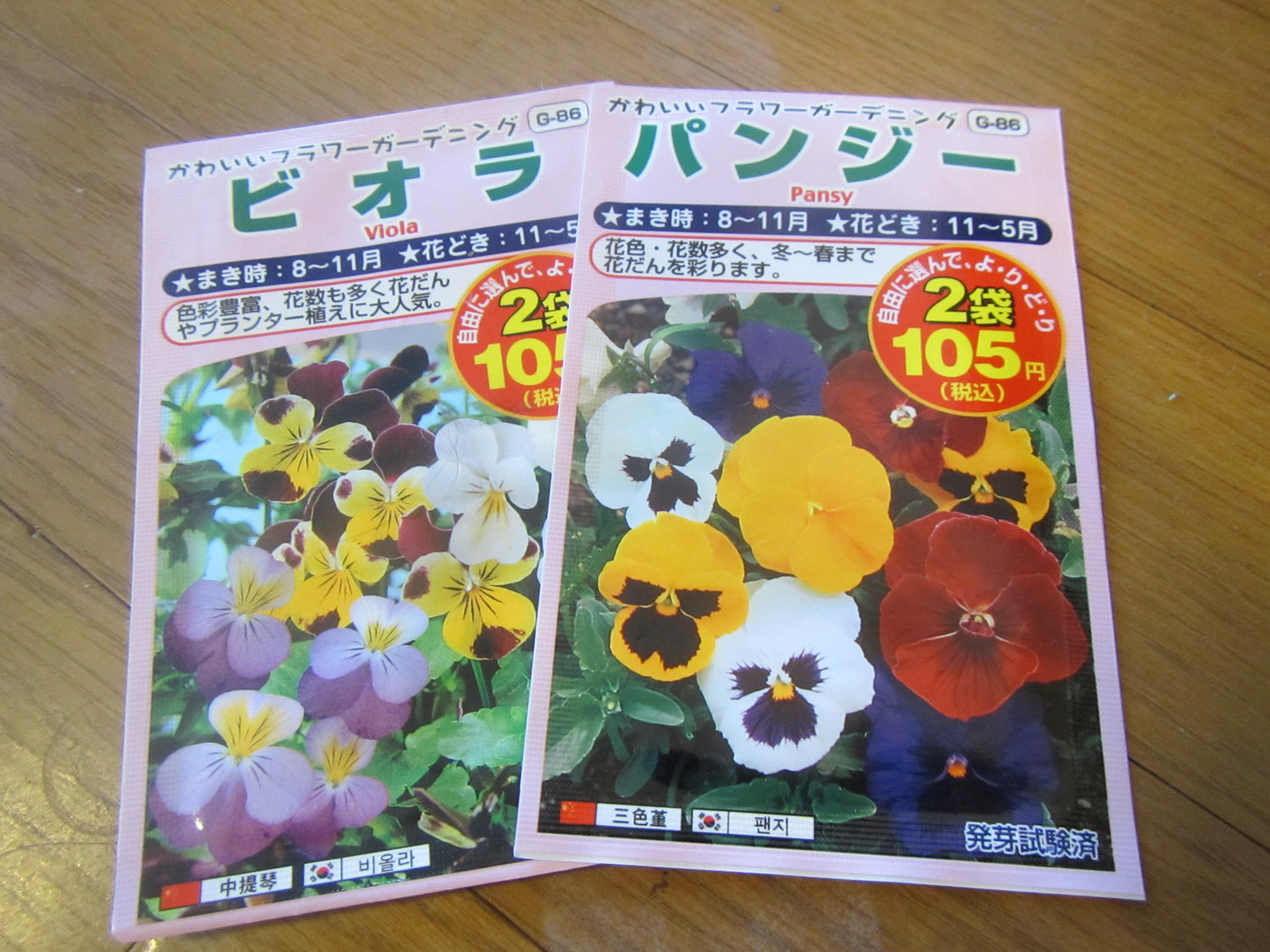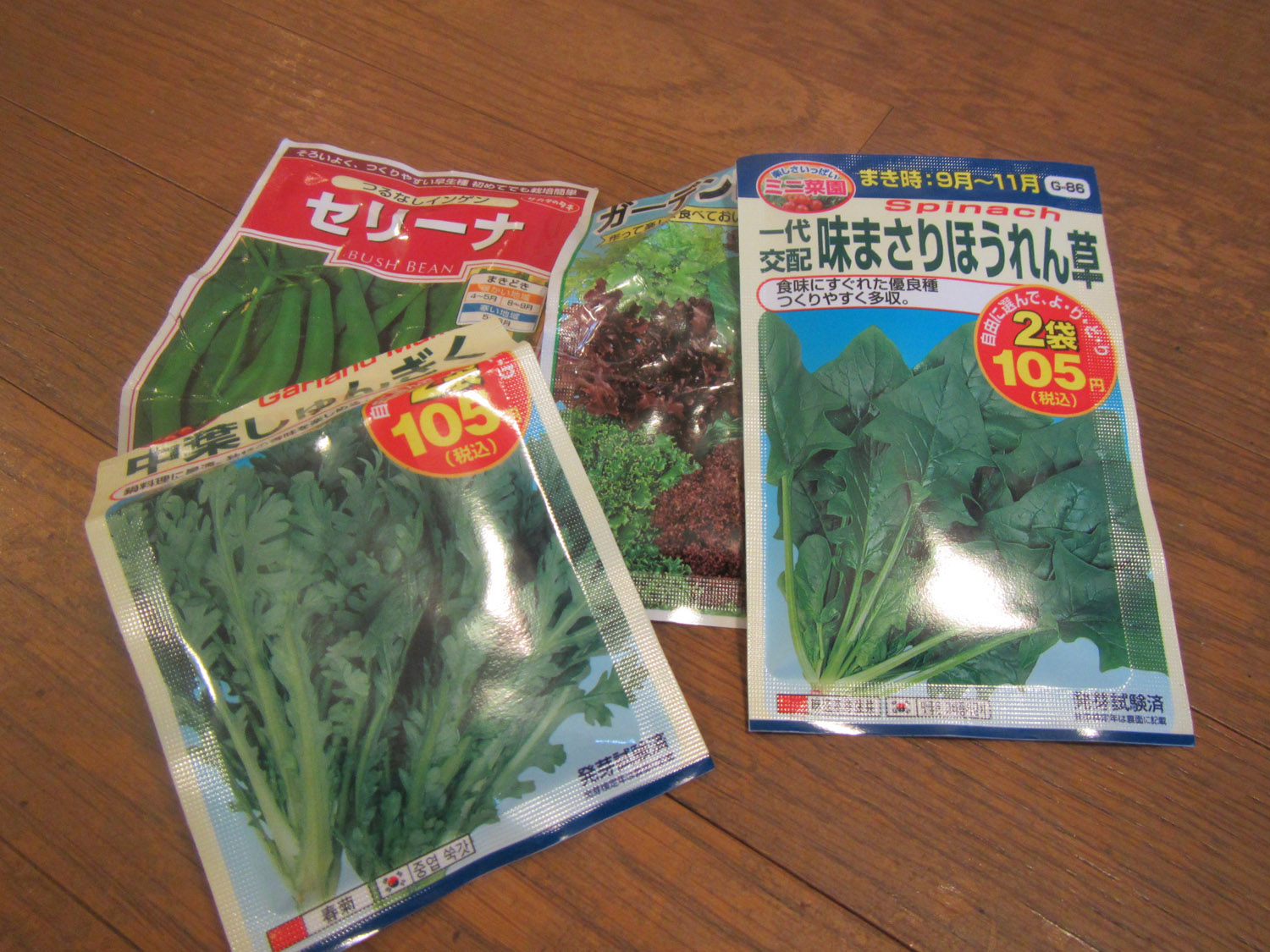Our yard is seeing a lot of visitors right now, most welcome, others not so much. We’re currently winning the long-standing disagreement about who the bananas belong to (with protests from the rats) but I’m having unusual trouble in the leafy greens!
I’m not really into absolute destruction when it comes to garden nasties. My usual caterpillar control is largely laissez-faire, based on reasonable consumption, natural predation and a small amount of direct intervention. The main part of the strategy is just encouraging paper wasps to colonise the yard. These ladies carefully inspect the broccoli for grubs, then carry off what they find to chew into caterpillar pulp for their babies.
I had a reasonable deal going with the cabbage moth caterpillars; they keep their activities modest, I squish only those who make themselves impossible to ignore. Anyone else who evades the wasps is free to inhabit the vegetable beds (and is actually fairly welcome; I like their soft green colour and retiring nature). But these new horrors aren’t content to munch on a leaf or two; they gnaw their way down through the central bud and destroy any new leaves that try to form. They’ll even chew their way down through the bud into the stem and kill the plant completely!
Because these little beasts are safely embedded in the leaf buds, my wasps can’t find them. Even hand-squishing them is difficult, because at a touch, they wriggle backward in the most revolting way and drop further into the plant. No matter how much time Maddy and I spend crouched in the brassica bed with a pointy stick and a gumboot at the ready, it doesn’t seem to be enough. I’m reluctantly considering Dipel as a potential solution but…
The potential for collateral damage is just too high!
Dipel is an organic control method specific to caterpillars, so it won’t harm my other little visitors, like ladybeetles and bees. It also isn’t airborne, so if I put it on the vegie beds, it’s unlikely to escape. But Hawk Moth caterpillars (like that beauty above) are my favourite summer guests and the real reason why I grow grapes. They just aren’t something I’m willing to risk.
These lovelies inhabit the grape vines from about November on, and are almost at the end of their current munching season. While they may brandish a menacing spike on their back end, this is actually soft, floppy and entirely ornamental, as is the line of eyes along their patterned sides.
I love how fat and soft they are, the variety of colours they come in, and the way they pretend to be invisible, while plonking their podgy bodies on the slenderest of stems and dropping enormous, coffee-bean sized poos all over the back veranda. They’re one of my loveliest garden ornaments and as long as they need to use the backyard, I’m reluctant to do anything that might cause them harm.
That said, though, the cold weather is coming, and with it, my need to enlarge the brassica crops. I’m hoping that winter will solve some of this problem for me, but before then, I need my plants to grow! So, for now, I expect to spend a lot of time hunched over in the rain, digging out nasties to squash, with a damp dog as my reluctant company. Whether or not I will break remains to be seen.
What would you do?
Gem
XX

